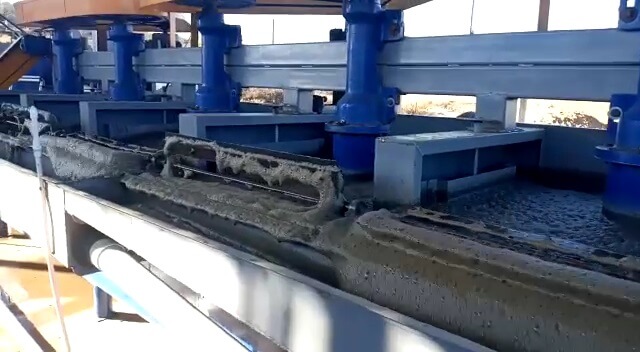Ore Flotation Process Solution – Mineral Processing

3. Partial mixed-priority flotation
First mix some useful minerals in the flotation ore, and suppress other minerals. Then activate other useful minerals that are inhibited in flotation, and float the mixed concentrate that was first floated out again. Applicable to general minerals where there are several useful minerals with similar floatability and different floatability conditions, partial mixing priority flotation process can be used. For example, copper molybdenum, copper lead, copper zinc, lead zinc and other minerals in raw ore.
4. Equal flotation
According to the equivalence or similarity of mineral buoyancy, the minerals to be recovered are divided into two parts which are easy to float and difficult to float, and then separated by flotation in the order of easy and difficult. It is suitable for processing the same kind of minerals, including complex polymetallic sulfide ores that are easy to float and hard to float. For example: in a certain sulfide ore, useful minerals include galena, sphalerite, and pyrite, among which, sphalerite has two minerals that are relatively easy to float and difficult to float.
5. Asynchronous flotation
The process is mainly applied according to the difference in ore properties and the special requirements of the concentrator for products. It is suitable for the flotation of minerals whose raw ore is mainly lead and less sulfur.

